Led by Geoff Park, twenty-five people walked leisurely around the Rise and Shine Bushland Reserve last Sunday (March 16). This was first FOBIF walk for this year. The Reserve is 30 minutes drive from Castlemaine and south of Newstead.
Many people had come on this walk to observe birds with the benefit of having photographer and bird expert Geoff Park as leader. There were many birds about so people were not disappointed. Noel Young has supplied us with a bird list which totalled 24 species!
A further feature of the walk was Geoff and Frances Cincotta’s identification of trees and shrubs, both indigenous and introduced. The history of the reserve which has included 5 separate clearing for timber and the use of the area as a source of gravel was also discussed. The main focus was however birds and walk had attracted some serious photographers.
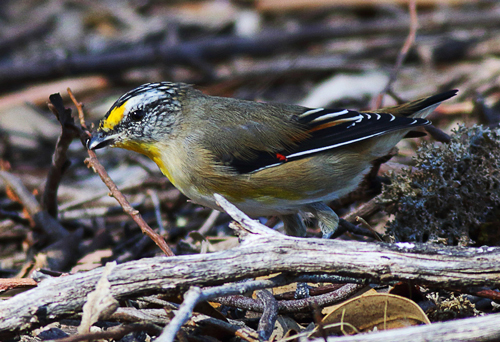
This photo of a Striated Pardalote was taken by Geoff Park on our Rise and Shine walk. You can see more of Geoff’s recent bird photos taken in Rise and Shine on his Natural Newstead blog.
The next walk will be in Muckleford Forest. See the Walks page for more details.

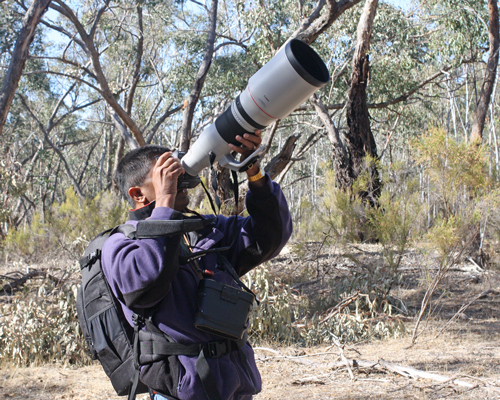
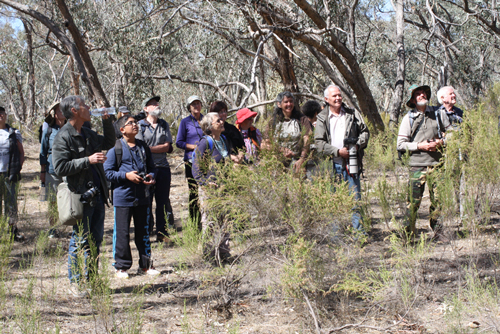

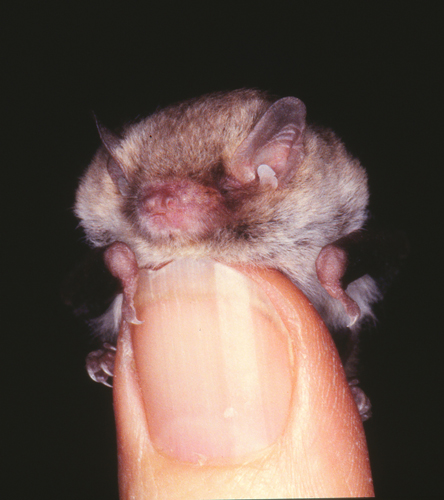
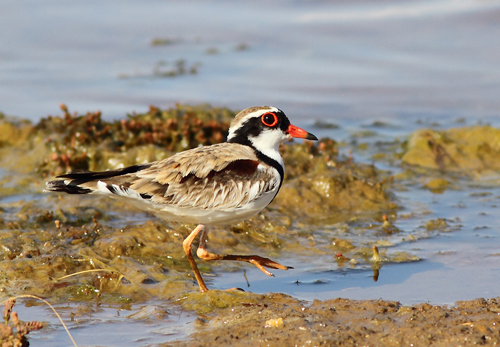
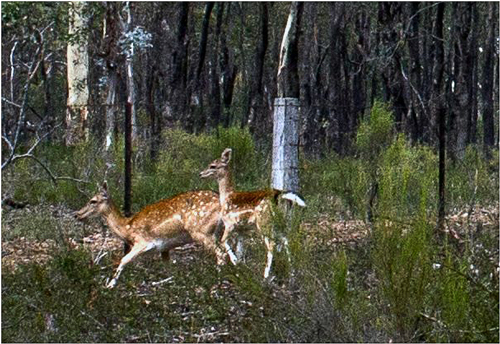
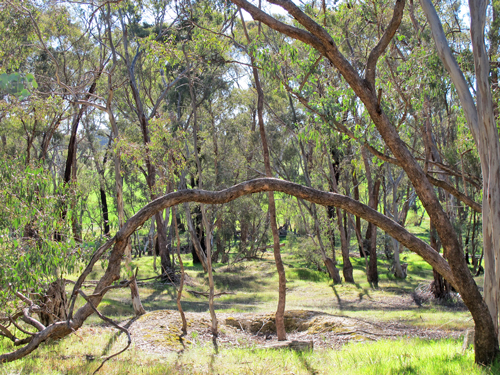
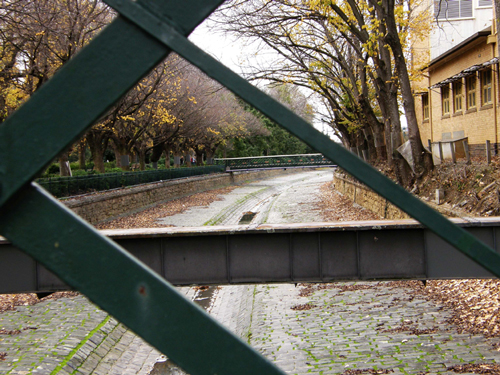
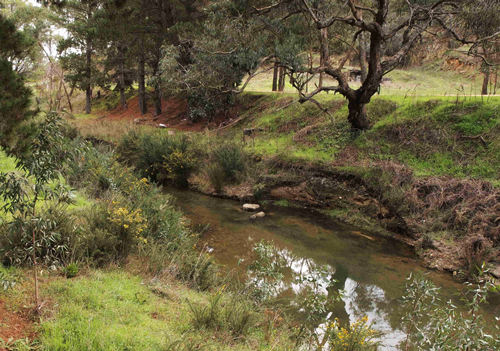
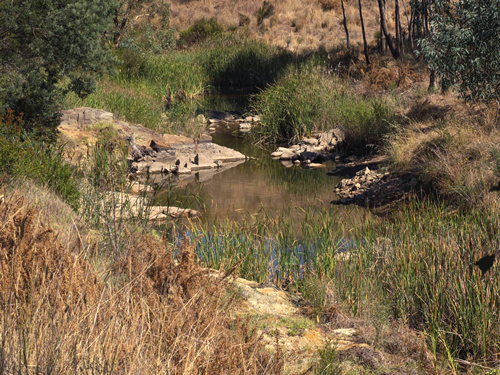
![web.-[2]grey-box-blossom.-2025](https://www.fobif.org.au/admin/wp-content/uploads/2015/03/web.-2grey-box-blossom.-2025.jpg)



 Click on image for info/order page
Click on image for info/order page Click on image for info/order page
Click on image for info/order page Click on image for info/order page
Click on image for info/order page




















